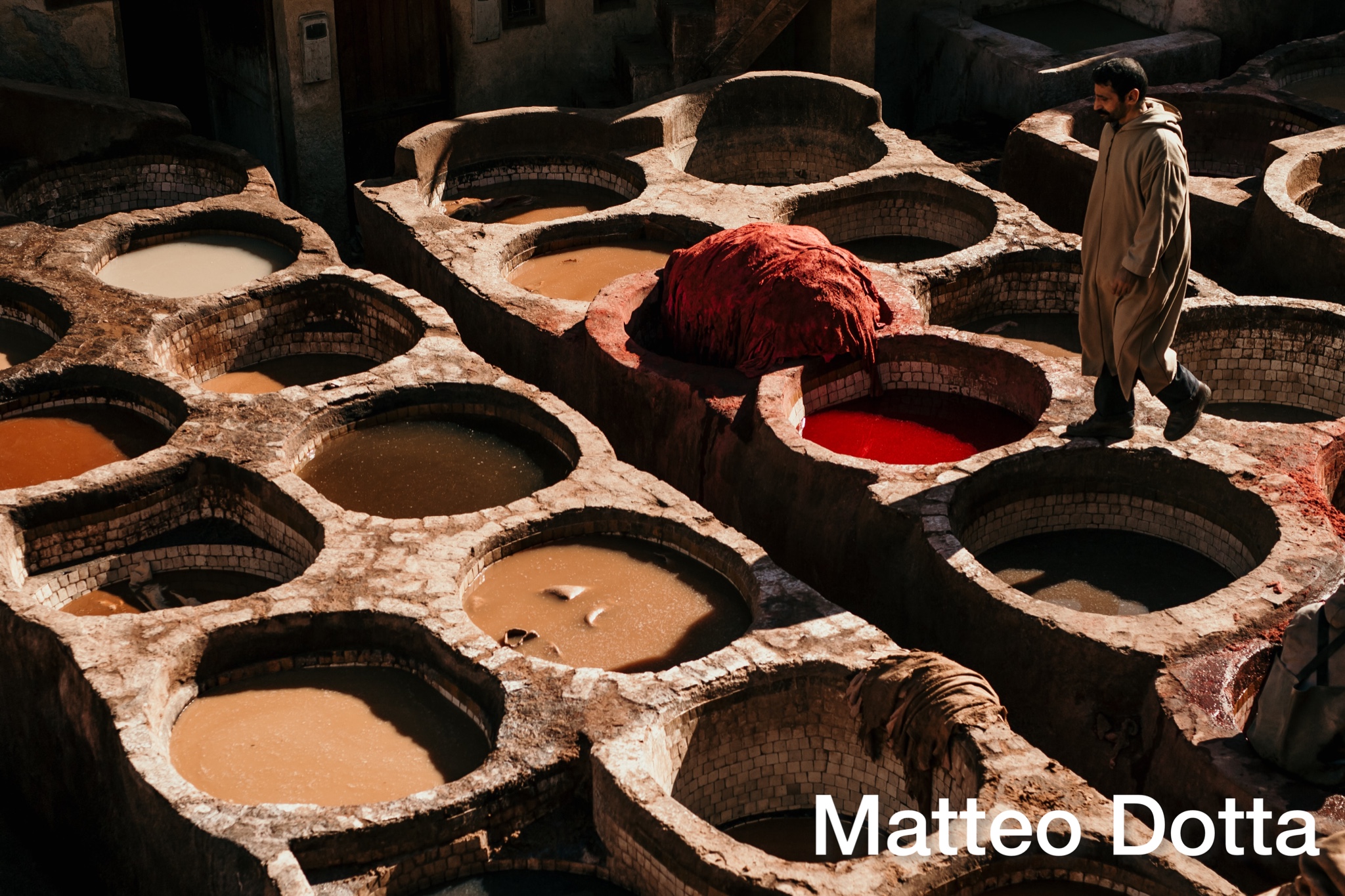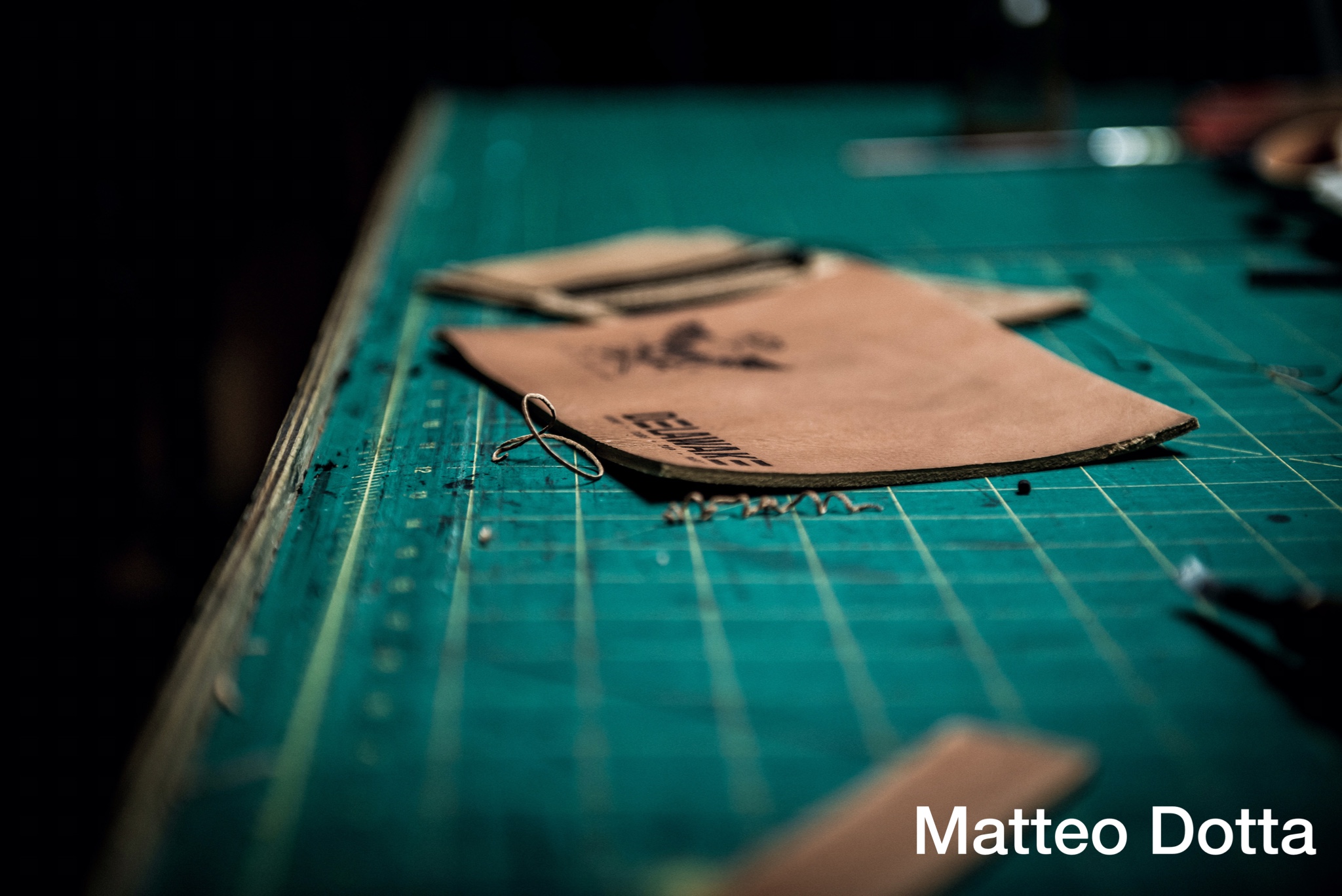I heard about sustainability in every corner.
Inside the stands, in the bars, along the aisles, and the words “sustainability” or “sustainable leathers” were almost everywhere.
From one edition of Lineapelle to the next, the fair was filled with sustainability professors, many exhibitors became magically sustainable in a short time.
If some of them have probably become really sustainable investing a lot to be there, others probably have not changed anything and just started to call themselves sustainable to get the customer’s attention.
True or not, it is a fact that the market, brands, consumers are looking for sustainable materials and it seems that demand is growing rapidly.
The word sustainable indicates those products that have a lower environmental impact, but it is a political/ethical concept that does not set clear parameters and requirements that the leather must meet to be considered sustainable, no “judgment” has been issued on this subject, the International Organization for Standardization (ISO) has not yet drawn the boundaries of sustainable leather and therefore, this situation gives room for interpretation.
In recent times, in this “New World”, where the rules of the game are still not very clear, Chrome-Free and Metal-Free leathers are becoming more and more popular.
Many consider them as real sustainable leathers and there are also brands that intend to completely eliminate chrome to use these new alternative ideas, the “old” chrome risks to end up in the dark attic.
Is it a conscious or just marketing-oriented decision?
But are these leathers really sustainable? Are they the only sustainable ones?
The name “Free” gives it a bit of a “green” flavor, but as I already said, it lacks an accurate picture of sustainable leathers. So let’s see what we can focus on in more detail.
Elements to consider when assessing the sustainability of a leather
-The product itself (the most important is the type of tanning, and the chemicals used)
-The structures of the supplier (exploitation of renewable energies, wastewater and solid waste disposal, certifications, traceability)
-The origin of the supplier (national and international regulations to which it is subjected).
With regard to the types of tanning, let’s start with the vegetable one, the oldest, which uses tannins extracted from trees and whose process is carried out without the use of toxic substances.
The most ecological, the most durable, which can also be disposed of as organic waste, the “real leather”.
It looks like the perfect solution, but it can be developed fewer articles, fewer colors, not very soft, it takes more time to be produced, it is difficult to clean the water used, it is more expensive, less competitive.
For these reasons, it gains less market in sustainability.
85% of the world’s leather is chrome tanned.
It is the cheapest, fast to produce, most efficient, and allows for a wide variety of products.
The water used is easily cleaned in purifiers to reach acceptable and legal levels for the environment.
However, the possibility of transforming trivalent chromium into hexavalent during the life cycle of leather goods, and the problem of incinerating solid residues containing chrome, are the factors that determine the drive towards alternative solutions.
It has to be said, however, that the possibility of chromium 6 being generated is really very low, if all precautions are properly taken, and technological progress has led to very limited levels of pollution.
Chrome-Free has no chromium and Metal-Free has no chromium and metals in it, the solid waste is more eco-friendly.
This type of leather obviously does not produce chrome 6.
But the product deteriorates faster in the presence of moisture, it is not versatile as chromium (for example it is difficult to produce calf, box calf or any other special leathers on this base) and a considerable effort is required to clean the water, which even the best purifiers struggle to sustain. The result is that costs increase.
In addition to the types of tanning, it is important to know the chemicals added (you can simply offer or get a “Restricted Substances List” from the tannery), if the supplier uses energy from renewable sources, which certifications he has obtained (LWG, …), where the production site is located and therefore to which legislation is subject (for example in EU the strict REACH is mandatory) and if it offers traceability to ensure the origin and control of raw materials.
For example, the Chrome Free leathers from a tannery that throw the water directly in the river are not sustainable.
In order to assess the sustainability of a product, it must analyze all those steps that are carried out within the company.
A company is sustainable if it has put in place an entire program to ensure sustainable work according to the rules established by law.
Claiming to produce a sustainable leather product means being in compliance with everything.
The battle in sustainability.
After having more or less clarified the “behind the scenes” of sustainable leather in general, I return to talk about the trend of Metal-Free (MF) and Chrome Free (CF) and the debate that is taking place between important exponents of the sector, regarding these alternatives and chrome.
According to Dr. Biagio Naviglio of SSIP (Italian Institute for Skin Research), chromium is now more advantageous from all points of view. There is too much uncertainty in terms of purification and the possibility of reusing waste in the case of MF and CF.
Fulvia Bacchi, Director General of UNIC (Italian Tanners’ Association), claims that chrome-tanned leather has reached very high levels of performance and that the purification plants are able to easily dispose of the residues contained in wastewater.
It is enough to go to one of the Italian tanning districts to realize the enormous progress that chrome tanneries are making today.
TFL (a company that operates globally and produces specialty chemicals for the leather industry) said:
there are disadvantages and benefits to be considered in terms of performance, which depend on the technology used. Chrome-free leathers, for example, tend to have a lower resistance to heat aging than chrome tanned articles. However, the choice of state-of-the-art tanning technology – based on high strength synthesizers – allows the same performance as chrome leather.
He also states that waste containing chromium must be treated separately and the metal must be removed, while chrome-free processes simplify waste treatment operations.
CONCLUSIONS
As said by Gustavo Gonzalez (General Secretary of Cotance):
“ It is a fact that metal-free leather has advantages and inconveniences like any other tanning method. There is no ‘one-size-fits-all’ solution”.
Chrome tanned leather can be sustainable and sustainability must be assessed as a whole, not just in the product.
Only 360° knowledge is the first step to be sustainable.



